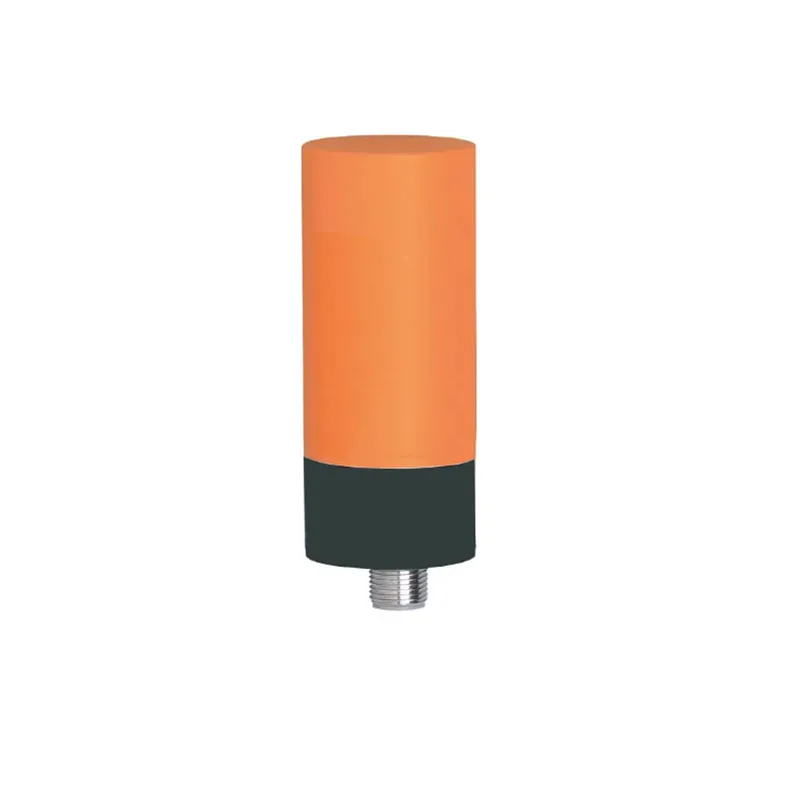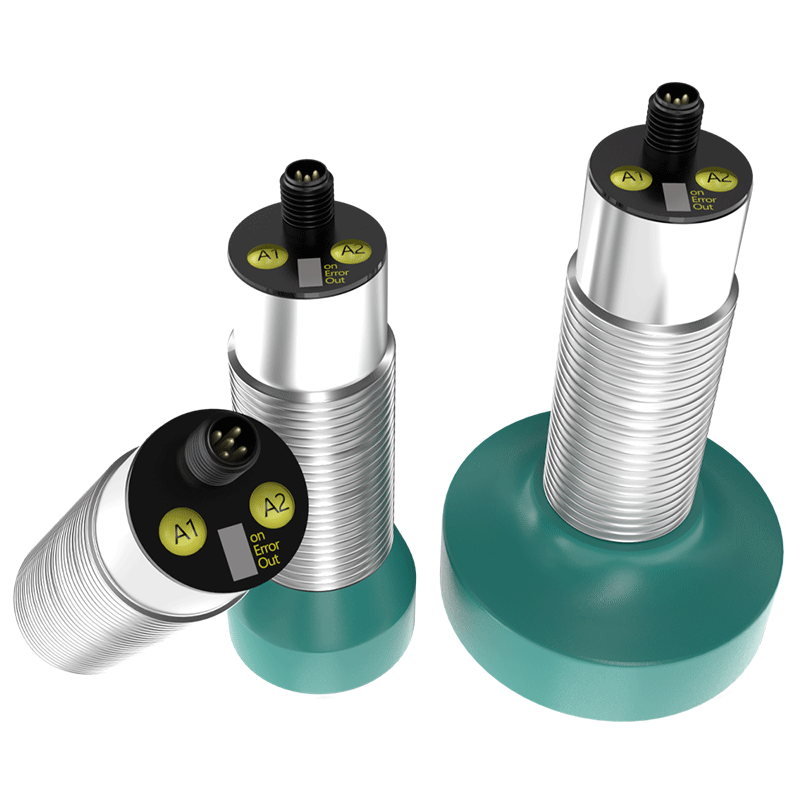sonic sensors
Sonic sensors represent cutting-edge technology in distance measurement and object detection, utilizing sound waves to provide precise measurements in various environments. These sophisticated devices emit high-frequency sound waves that bounce off objects and return to the sensor, enabling accurate distance calculations based on the time taken for the signal to return. Operating on the principle of echolocation, similar to how bats navigate, sonic sensors offer exceptional reliability in both indoor and outdoor applications. They excel in challenging conditions where optical sensors might struggle, such as dusty, foggy, or poorly lit environments. The technology incorporates advanced signal processing capabilities that filter out ambient noise and ensure accurate readings. Modern sonic sensors feature adjustable sensing ranges, typically from a few centimeters to several meters, making them versatile tools for numerous industrial and commercial applications. They're commonly deployed in manufacturing for quality control, in parking assistance systems for vehicles, in liquid level monitoring for tanks and containers, and in robotics for obstacle detection and navigation. The sensors' robust design allows them to perform consistently in various temperature conditions and resist interference from electromagnetic fields, making them ideal for industrial environments.











